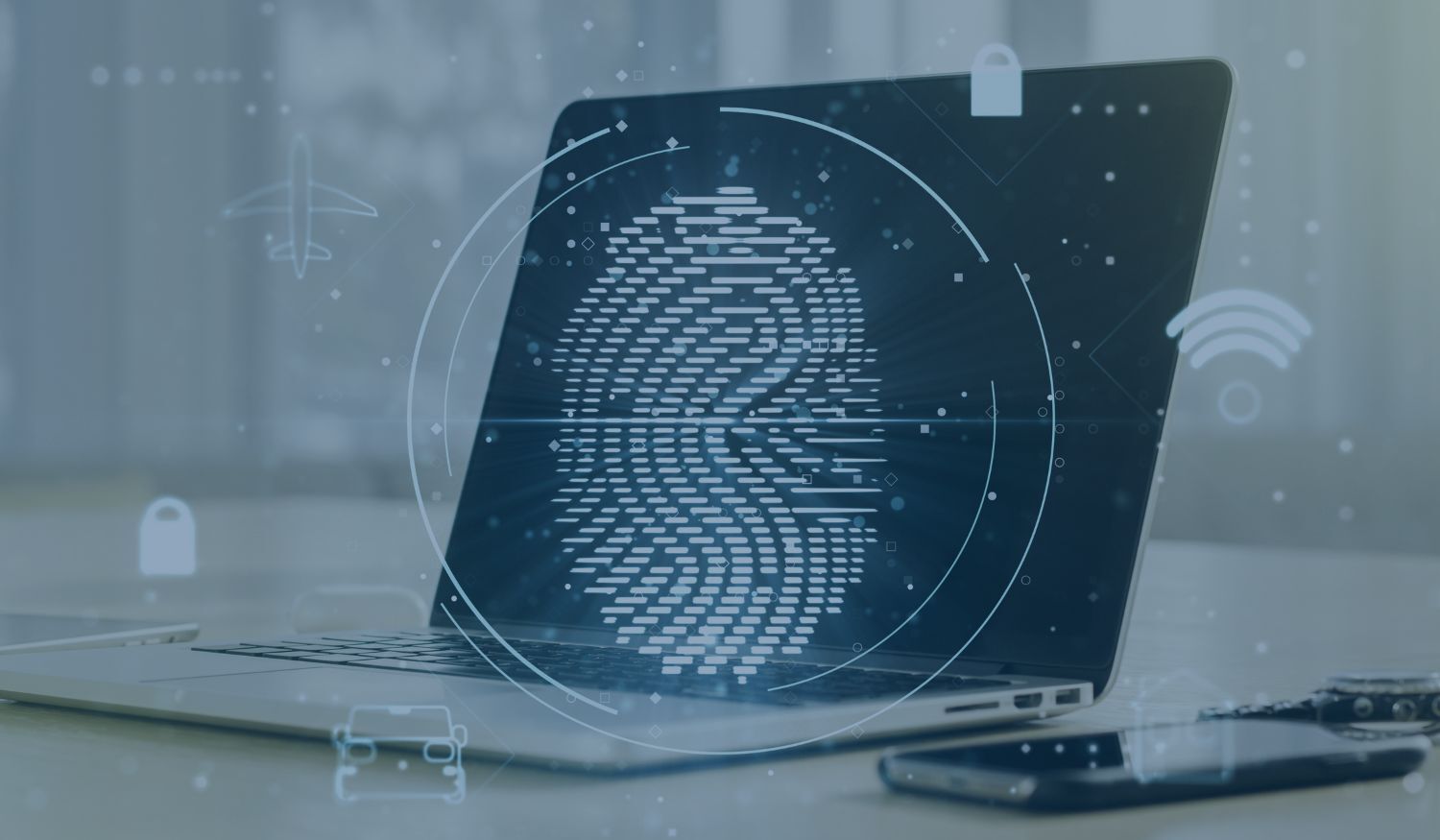Essential Remote Workforce Lessons for Cybersecurity Leaders
The reality of remote working has created a significant opportunity for threat actors who can exploit traditional identity security methods that once relied on employees being on-premises. Recent research shows that 78% of organizations have been targeted by identity-based cyberattacks. To effectively defend a hybrid work environment, cybersecurity leaders must reimagine identity verification and shift toward a zero-trust approach to fortify enterprise systems against increasingly sophisticated threats.
Identity-Based Attacks in the Age of AI
As remote work solidified, we’ve seen identity fraud become a primary threat vector for cyberattacks, driven by advancements in AI. In just the last 12 months, phishing attacks have surged by 854%, largely due to attackers’ ability to tailor these attacks with AI-driven customization. Where traditional phishing relied on “spray-and-pray” tactics with poorly crafted messages, today’s AI-enhanced phishing techniques create targeted, personalized emails with perfect grammar, structure, and even realistic sender signatures. The attackers’ success rates have surged, bypassing traditional phishing controls such as employee training on spotting grammatical errors or suspicious links.
Organizations need to adapt phishing simulation training to meet these new AI-driven threats. Too often, companies simplify training to keep click rates low, leading to a false sense of security at the executive level. Realistic simulations that mirror today’s threats are essential. Boards may find higher click rates unsettling, but these simulations give a more accurate picture of the organization’s readiness and help them understand what security controls they may need to implement.
The Evolution of Social Engineering and Voice-Based Attacks
Beyond email, attackers are increasingly using social engineering attacks that employ voice-based tactics. Recent high-profile breaches, including incidents in the casino industry, demonstrate how malicious actors can bypass knowledge-based authentication by imitating an employee’s voice with AI-driven tools. By impersonating an individual convincingly over the phone, attackers exploit common security gaps within help desks or IT support, securing access to sensitive systems by providing simple, seemingly legitimate information.
This shift in tactics points to the inadequacy of shared secrets, personal identifiers like Social Security numbers, birthdays, and favorite pet names, in verifying identity. Organizations need to replace outdated knowledge-based factors with robust multi-layered verification methods, such as identity verification through government-issued IDs or biometric checks, to bolster the security of help desk processes. Implementing multifactor identity verification, including verifying devices and physical IDs, can provide the essential safeguard required to block unauthorized access and raise the bar significantly for attackers using voice-based deception.
Securing Personal Devices: The Risks of Shadow IT in a Remote World
Remote work has led employees to use personal devices for work-related tasks, increasing the risk of shadow IT. Even in cases where companies issue secure laptops, employees might still check emails or log in to applications on home devices that lack corporate-grade security measures. Attackers have seized this opportunity, installing malware on unsecured devices to capture credentials that, in turn, grant them access to enterprise systems.
To address this, companies should invest in passwordless authentication technologies and aim to eliminate the need for employees to type in credentials on unprotected devices. By moving toward a passwordless model, the risk of credentials being intercepted is minimized, even when employees occasionally operate from personal devices. This approach allows organizations to limit the use of passwords, which remain a primary attack vector, thus reducing the overall vulnerability surface in remote environments.
Enabling a Comprehensive Zero-Trust Framework
Zero-trust is no longer optional for today’s cybersecurity leaders, it’s imperative. While zero-trust architecture is a broad and complex endeavor, implementing strong identity security is a crucial first step. In many organizations, identity has historically been the domain of IT rather than the cybersecurity team, but to create a comprehensive zero-trust environment, cybersecurity must integrate identity at its core.
Key to achieving a high level of zero-trust maturity is rethinking the role of identity in security. Traditional security controls like firewalls and endpoint protection focus on managing threats once they’re inside the network. However, by moving identity security to the forefront, we can prevent unauthorized access from the start. Technologies that provide phishing-resistant, passwordless authentication, combined with real-time identity threat detection, can be highly effective, especially when integrated with other security tools like endpoint detection and response (EDR) systems.
This integrated approach allows companies to set up a layered defense system that monitors identity-related threats and strengthens defenses at the point of entry. For instance, incorporating identity data with tools like CrowdStrike or SentinelOne allows security teams to contextualize and quickly respond to threats that involve compromised identities, further enhancing the organization’s ability to implement zero-trust principles effectively.
Emerging Threats and the Future of Identity Security
As companies increasingly rely on a variety of communication channels to connect with employees and clients—such as Teams, Slack, WhatsApp, and even social media platforms like Instagram—the threat landscape continues to expand. Attackers will always exploit the weakest link, which could be any of these communication channels. Therefore, ensuring that all channels maintain identity security protocols is critical. The future of identity security will hinge on creating a frictionless but secure experience that meets the agility demands of modern businesses.
HYPR was founded to address these evolving challenges by combining security expertise with an understanding of identity management’s nuances. At HYPR, we aim to provide secure, user-friendly solutions that offer holistic protection. By consolidating identity security across 25 or more platforms that enterprises often use to manage employee identities, our solutions take a horizontal approach that simplifies security management while enhancing resistance to emerging threats.
In addition to security benefits, adopting modern identity solutions can generate a significant return on investment. In fact, many of our clients report a 300% improvement in ROI due to enhanced efficiency and reduced friction in user experiences. A streamlined, well-protected identity assurance system improves both security and operational effectiveness, reinforcing the business case for advanced identity solutions.
Share this
You May Also Like
These Related Stories

6 Top Cyber Security Articles and Reports from Q1 2024

Understanding the Non-Human Identity Problem


